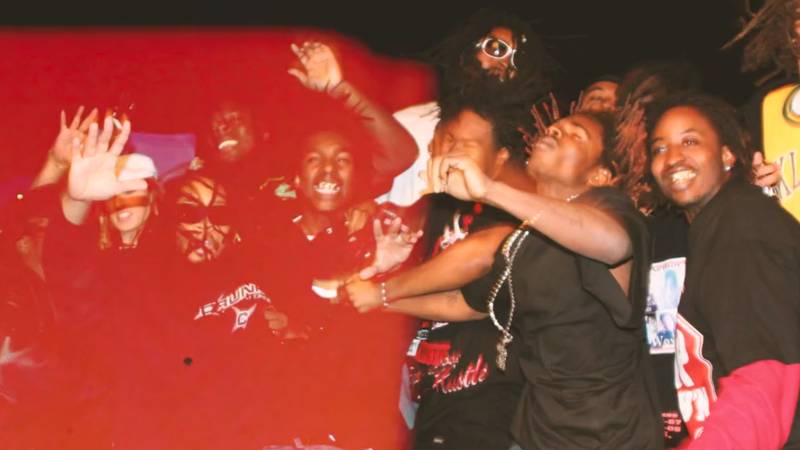Just about any casual Bay Area hip-hop fan remembers 2000s touchstones like stunna shades, thizz pills and ghostriding the whip. But the new documentary We Were Hyphy makes the case that the colorful, flamboyant hyphy movement meant something much deeper.
For young people born in the years after the war on drugs devastated the Bay Area’s working class communities of color, going dumb was a search for a near-spiritual ecstasy—an escape from oppressive social conditions. And in a region that never quite got its shine in the mainstream music industry, hyphy became an emblem of the Bay Area’s homegrown ingenuity and countercultural spirit.


